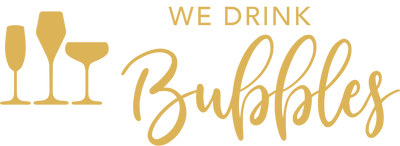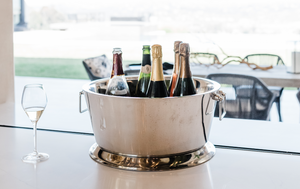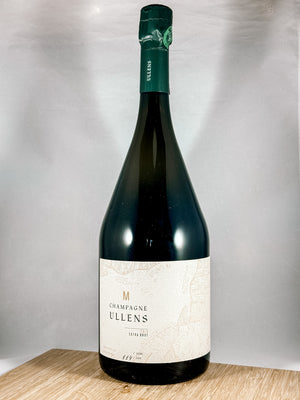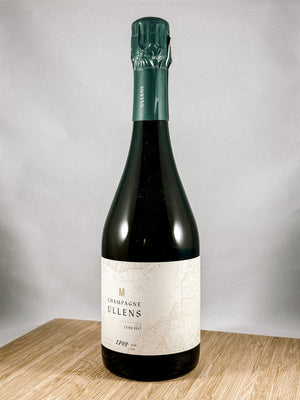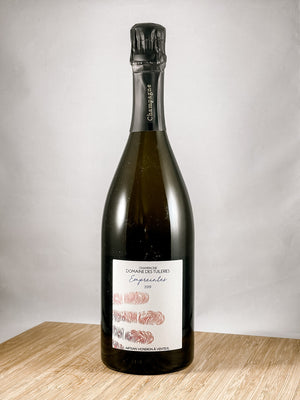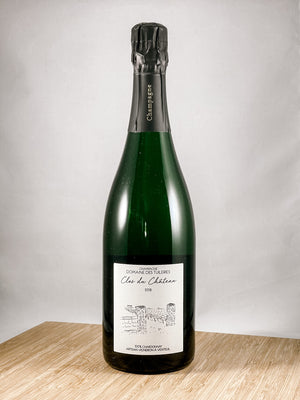One question I often get asked is how to avoid sweet bubbles. There are so many misconceptions out there about champagne... one of which is that they contain a lot of sugar. While this can be true if you are buying a "Demi-Sec" or Prosecco, many champagnes and sparkling wines contain the same, if not less, residual sugar than still wines.
I always lean towards dry sparkling wines and quickly realized that understanding the lingo is handy when choosing a bottle. The style of a bottle of bubbles is indicated by the terms in the image below ranging from "Brut Nature" to "Demi Sec."
What is Dosage?
The sweetness of a bottle is determined by the winemaker and his or her addition of dosage, which is the sugar and wine mixture added to a sparkling wine after secondary fermentation to help balance out the acidity. It consists of a mixture of reserve wine and very pure cane sugar. The quantity of dosage added determines the sweetness of the final product.
Hopefully, this chart can help you decide which bottle you will reach for the next time you are looking for a new bottle of bubbly!
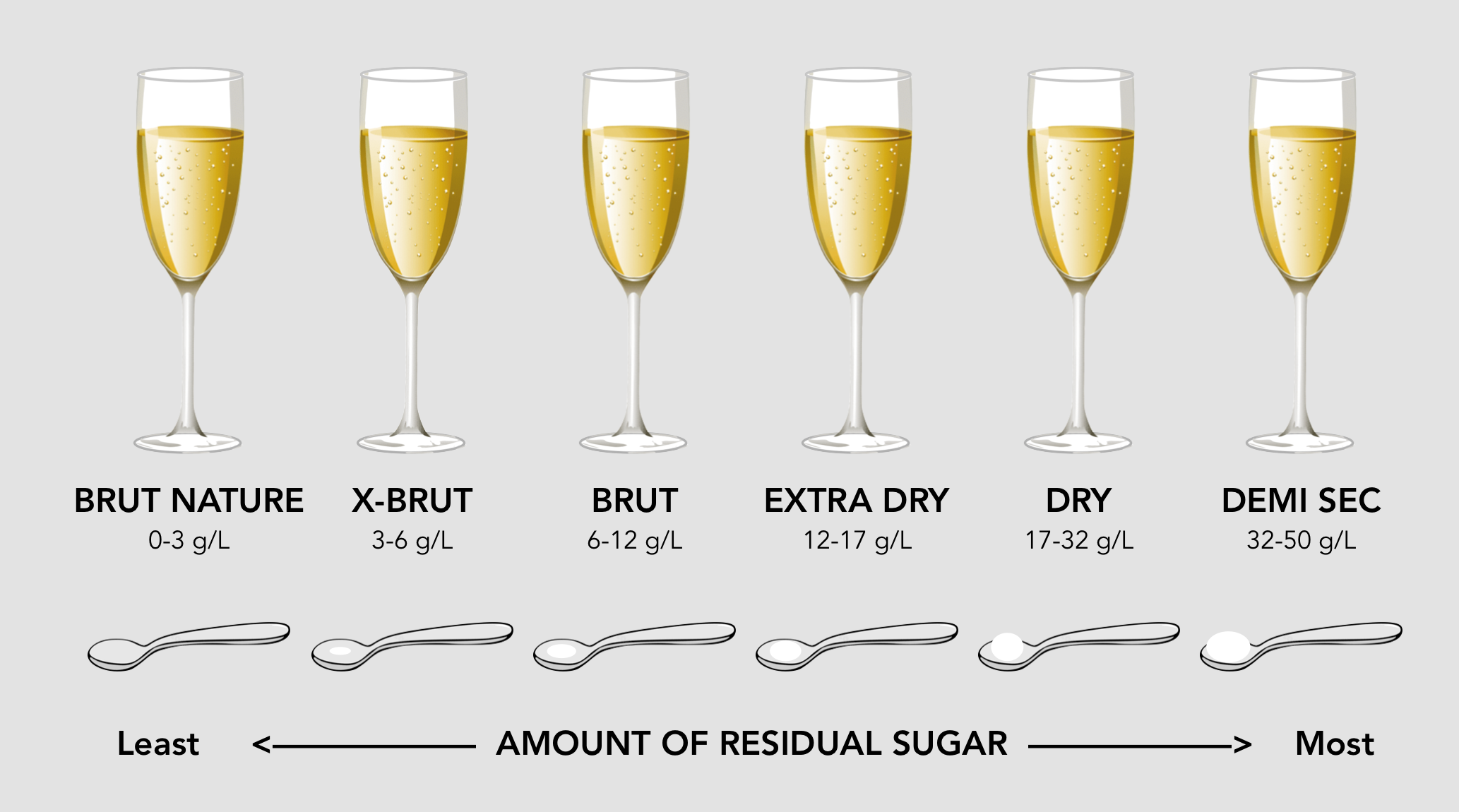
-
Brut Nature 0-3 g/L residual sugar
0-0.2 carbs for a total of 90–93 calories per 5 oz serving. 11-12 % alcohol.
-
X-Brut 3-6 g/L residual sugar
0-1 carb per 5 oz serving. 90–96 calories per serving. 11-12 % alcohol.
-
Brut 6-12 g/L residual sugar
0-12 carbs per 5 oz serving. 90–100 calories per serving. 11-12 % alcohol.
-
Extra Dry 12-17 g/L residual sugar
2-3 carbs per 5 oz serving. 100–105 calories per serving. 12 % alcohol.
-
Dry 17-32 g/L residual sugar
3–5 carbs per 5 oz serving. 100–115 calories per serving. 12 % alcohol.
-
Demi Sec 32-50 g/L residual sugar
5–7.5 carbs per 5 oz serving. 110–122 calories per serving. 12 % alcohol.
